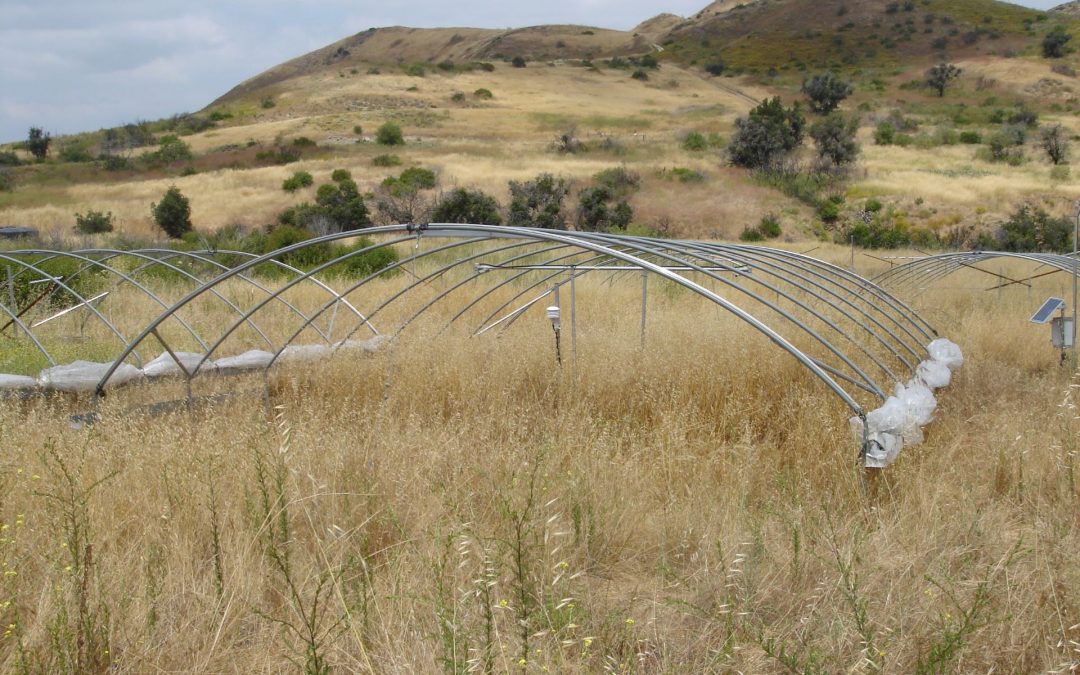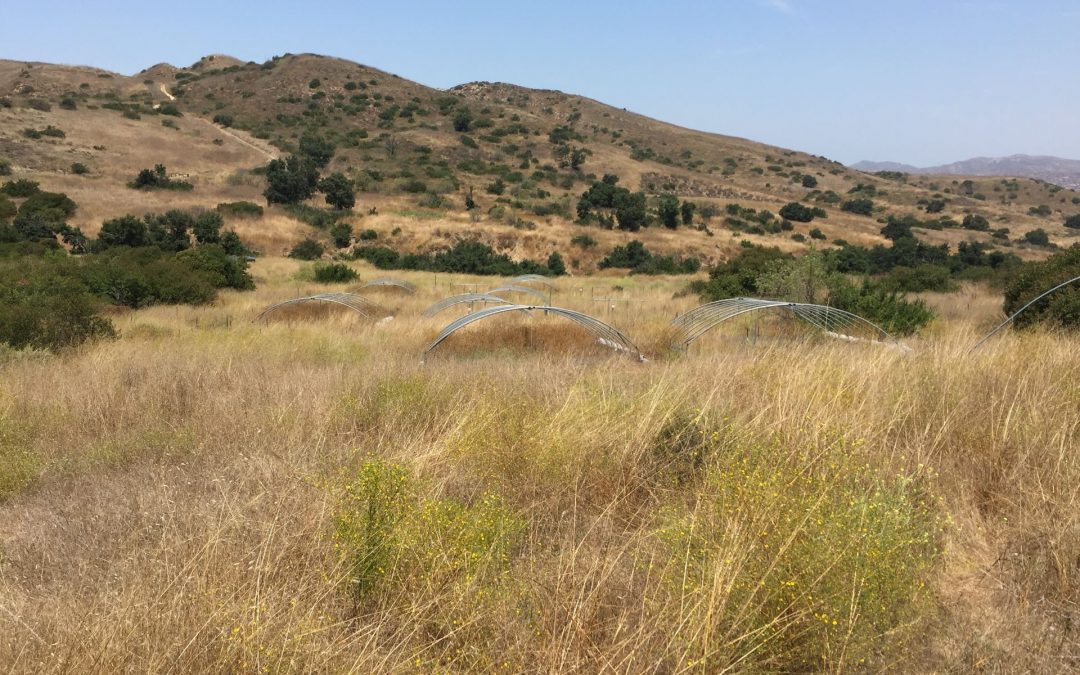Drought imposes a legacy of inhibition on microbial decomposition - New paper in Ecosphere by former postdoc Bin Wang uses our trait-based model to show the mechanism. But, dispersal nearly eliminates the legacy!


Drought imposes a legacy of inhibition on microbial decomposition - New paper in Ecosphere by former postdoc Bin Wang uses our trait-based model to show the mechanism. But, dispersal nearly eliminates the legacy!

A new collaborative publication shows that termite diversity and abundance is much higher in savannah ecosystems than in rainforests of Northern Australia. Termites are crucial for cycling carbon in tropical ecosystems, but in contrast to other continents, termite...

Although cycles of drought are common in the Southwestern United States, climate change has made these droughts more frequent and more severe. Understanding how soil organisms, fungi in particular, are coping with those changes is important because fungi are major...
Our new paper published in Elementa by Sarai Finks shows that microbiome response to drought depends on plant community composition.
Our new study shows that when a tree falls in the tropical forest, termites come to the buffet! Wood decomposition, mainly driven by termites, increases by more than 60% after trees fall and create canopy gaps in Malaysian tropical rainforest.
Clarivate Analytics has named Steven Allison a 2020 Highly Cited Researcher for publishing multiple scientific articles in the top 1% for citations.
Steven Allison's TEDx talk on microbiomes and climate change has been published!
We have been awarded a grant from the National Science Foundation to analyze how soil microbiomes respond to drought around the world. The results will help us build better models of soil carbon cycling under climate change. We are collaborating with Sarah Evans...
In his first dissertation paper published in Biogeosciences, Wally Xie applies advanced Bayesian statistics to compare soil carbon models. Former postdoc Ashish Malik published a paper in the ISME Journal showing how microbial gene expression and metabolites change...
Former postdoc Zheng Shi published an article in Nature Geoscience using radiocarbon to show that soil carbon is much older than we thought. Former undergraduate Devan Nisson published a study in Elementa showing that Southern California microbial communities are...